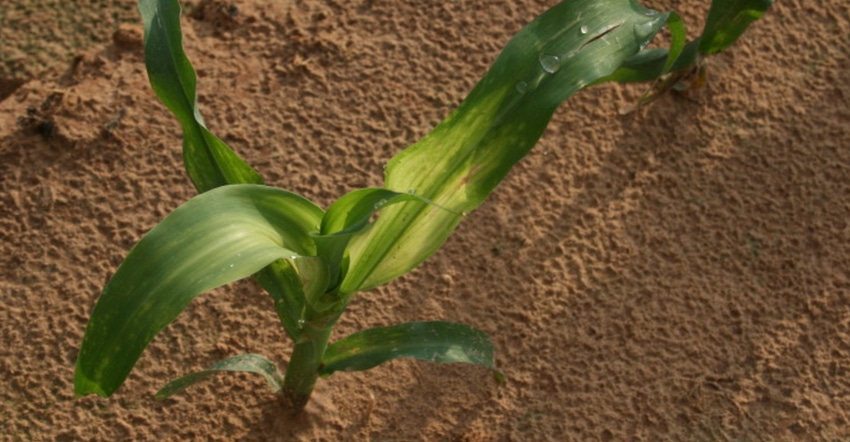
My daughter didn’t get the part she wanted in the church Christmas pageant. Apparently, she had her heart set on playing “Character 3.” She was pretty let down when it went to someone else.
My husband and I tried to explain that the size of the role in the church play should not be the top priority. The point is to honor the birth of Christ, not showcase the local kids’ acting chops. We reasoned with her that no matter how small her role, she should be happy to perform to her best ability because her efforts would contribute to a production that would bring joy to fellow church members.
Prior to this conversation, I had been reading an article on fertility. Suddenly a thought hit me.
“Sometimes you’re the zinc,” I told her.
My analogy made no sense to her, but if you know your micronutrients, you know where I’m going with this. In the world of fertility, nitrogen is the star — the lead actor that commands a hefty paycheck for each role. Phosphorus and potassium are right up there, too. They may not receive the same level of notoriety as nitrogen, but they are still essential. Key players with big name recognition.
Then you have the secondary nutrients. Calcium, magnesium, sulfur. The supporting cast members. Generally, not as important as the primary essential nutrients, but they are still acknowledged for their significant role in plant health.
Finally, the micronutrients. Boron, chlorine, copper, iron, manganese, and, of course, zinc. Plants only need a tiny, trace amount of these nutrients compared to the primary and secondary classes. They are probably not top of mind when a fertility problem is encountered.
We get hung up on quantities sometimes. Bigger is better. But Liebig’s law of the minimum states that growth is not dictated by the total resources available, but by the scarcest. The availability of the most abundant nutrient in the soil is only as good as the least abundant nutrient in the soil. In other words, a chain is only as strong as its weakest link.
As humans we can identify with these nutrient classifications. Some of you reading this may be the nitrogen or potassium of your community. You’re well known, well-respected, your contributions are appreciated. But I’m willing to bet we’ve all been in situations where we feel like a micronutrient. And you know what? That’s ok. We can’t all be the nitrogen all the time.
What we may consider the smallest of contributions just may be the magic ingredient that’s keeping everything going. Anyone who has walked a zinc-deficient corn field can attest to that.
And as we reflect on the true meaning of the holiday season, we’re reminded that in the grand scheme of things, we really are just the zinc.
About the Author(s)
You May Also Like






